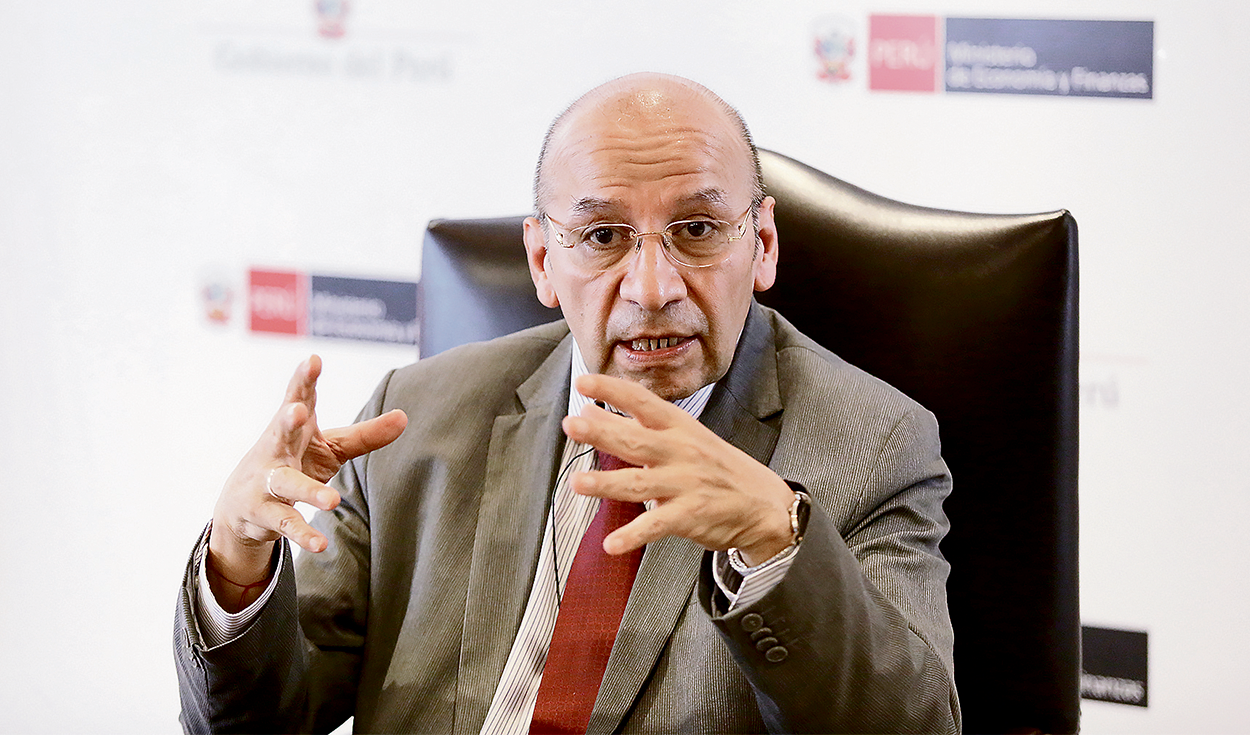
Kurt Burneo does not question the work of the Central Reserve Bank (BCRP) in these years of volatility, although it questions that it is attributed all the evils in the indicators to the MEFwhen the policy of high rates in recent years has made the cost of credit more expensive.
—What is the most palpable example of this economic deterioration?
Demand for employment is going to slow down. We have problems absorbing the 300,000 young people who join the labor market. Private consumption is also affected, which is an important component of the product on the spending side. In Peru today, private consumption accounts for almost 67% of all spending demand.
—What role has the BCRP played here?
He central bank, something that many central banks in the world have done, given that they do not control the price of wheat or oil, has been to lower spending with the increase in the interest rate. They raised it systematically.
—And how does it impact homes?
—There is an impact on investment consumption and economic activity. I do not describe what the BCRP did as good or bad, but it is clear that the devaluation of the economy has to do with these BCRP policies. It seems that the only person responsible for the economic slowdown is the MEF, but that is not the case. Monetary policy is also part of economic policy. We are looking at the supply side, since the increase in costs in a very concentrated market is easily carved out.
—How long does it take for monetary policy corrections to be felt in households?
Usually, the period of time in which the reference interest rate and the interest rate in various financial products, for example, consumer and mortgage loans change, is roughly between six and ten months.
—How are we in the photo?
—The average for Latin America is 1.6%, which is a small growth, but we are below it. Peru’s integration into the world economy also depends on expectations that are negative in three months, but in twelve months, they are positive. There is confidence in the Peruvian economy, but within a year.
—How much does politics weigh on expectations?
—The question we must have is what prevents us from having positive or negative expectations, as they are in one year? For example, the issue of private investment has more weight due to trust, more certainty. But it is complicated when the minister of Energy and Mines (Óscar Vera) comes out to say that Tía María will be discussed, but the prime minister (Otárola) says that it is not on the agenda. These types of discrepancies should be removed within the cabinet, not outside it because it generates uncertainty. Those messages are not good.
—And Congress also plays its part…
—Unfortunately, this leads to initiatives that call into question, for example, the issue of the independence of powers or institutions in the case of the National Board of Justice. From the outside they are looking very closely at this disrespect for institutions. And to that we add some legislative initiatives of Congress that are associated with greater spending when they do not have a spending initiative according to the Constitution. There are populist laws that no one controls and this is important because they affect the relationship with people, especially the perspective of business owners.
Source: Larepublica
Alia is a professional author and journalist, working at 247 news agency. She writes on various topics from economy news to general interest pieces, providing readers with relevant and informative content. With years of experience, she brings a unique perspective and in-depth analysis to her work.











